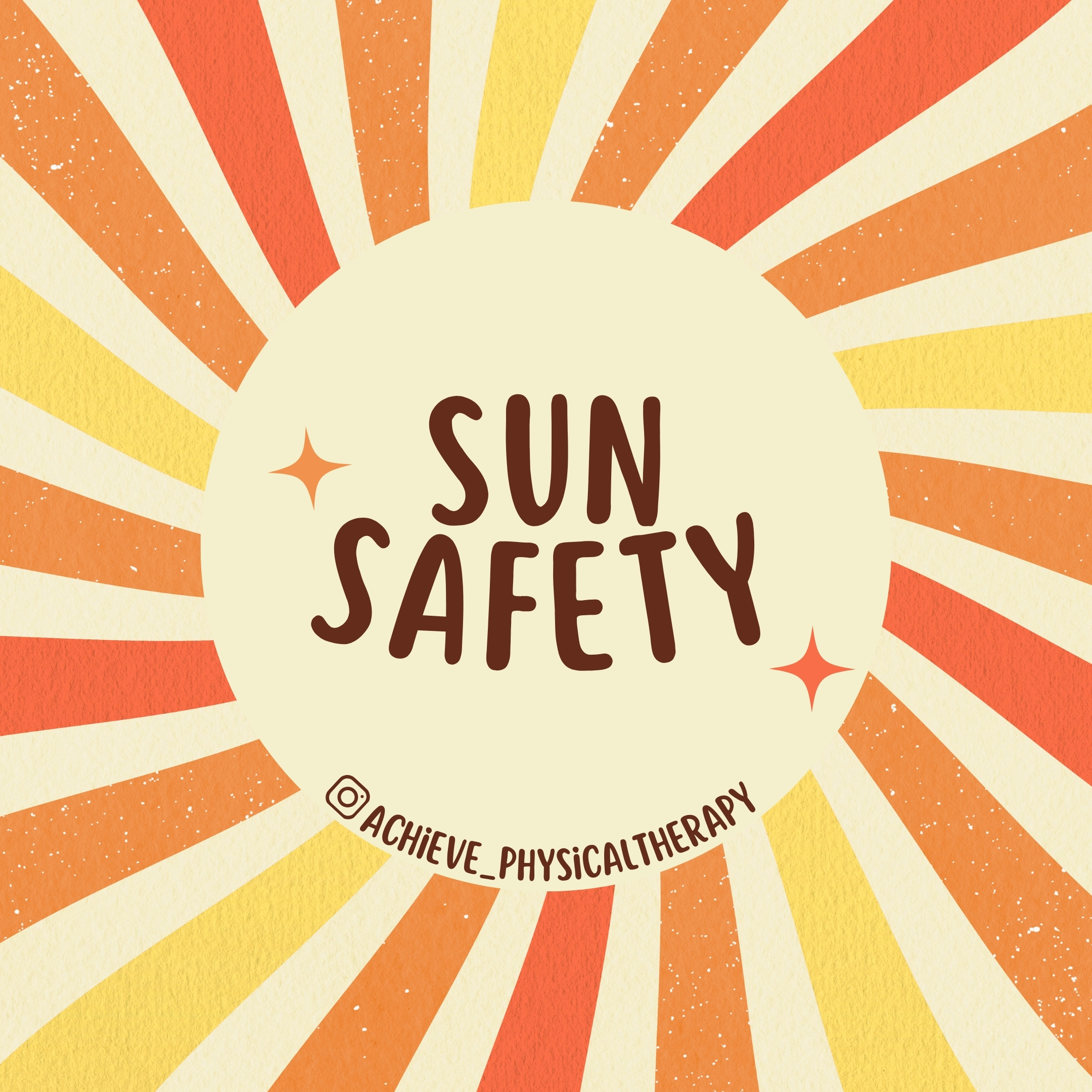
As we welcome the official start of summer, many of us are gearing up for outdoor adventures and beach vacations as the school year comes to a close. It’s a time for fun and relaxation, but it’s also important to prioritize safety in the sun. The ultraviolet (UV) rays from the sun can cause skin damage in as little as 15 minutes. To ensure you and your family stay protected, follow these sun safety guidelines.
Shade
Reduce your risk of skin damage and skin cancer by seeking shade under an umbrella, tree, or other shelters before you need relief from the sun. Your best bet to protect your skin is to use sunscreen or wear protective clothing when you’re outside—even when you’re in the shade.
Clothing
When possible, long-sleeved shirts and long pants and skirts can provide protection from UV rays. Clothes made from tightly woven fabric offer the best protection. A wet T-shirt offers much less UV protection than a dry one, and darker colors may offer more protection than lighter colors. Some clothing certified under international standards comes with information on its ultraviolet protection factor. If wearing this type of clothing isn’t practical, at least try to wear a T-shirt or a beach cover-up. Keep in mind that a typical T-shirt has an SPF rating lower than 15, so use other types of protection as well.
Hat
For the most protection, wear a hat with a brim all the way around that shades your face, ears, and the back of your neck. A tightly woven fabric, such as canvas, works best to protect your skin from UV rays. Avoid straw hats with holes that let sunlight through. A darker hat may offer more UV protection. If you wear a baseball cap, you should also protect your ears and the back of your neck by wearing clothing that covers those areas, using sunscreen with at least SPF 30, or by staying in the shade.
Sunglasses
Sunglasses protect your eyes from UV rays and reduce the risk of cataracts. They also protect the tender skin around your eyes from sun exposure. Sunglasses that block both UVA and UVB rays offer the best protection. Most sunglasses sold in the United States, regardless of cost, meet this standard. Wrap-around sunglasses work best because they block UV rays from sneaking in from the side.
Sunscreen
Put on a broad-spectrum sunscreen with at least SPF 30 before you go outside, even on slightly cloudy or cool days. Don’t forget to put a thick layer on all parts of exposed skin. Get help for hard-to-reach places like your back. And remember, sunscreen works best when combined with other options to prevent UV damage.
How sunscreen works: Most sun protection products work by absorbing, reflecting, or scattering sunlight through chemicals that interact with the skin to block UV rays. If one product causes irritation, try another or consult a doctor.
SPF: Sunscreens are rated with a sun protection factor (SPF) number indicating their effectiveness against UV rays. Higher numbers mean more protection. Always choose a broad-spectrum sunscreen with at least SPF 30.
Reapplication: Sunscreen effectiveness decreases over time. Reapply every two hours and after swimming, sweating, or towel drying.
Expiration date: Check the expiration date on your sunscreen. Products without an expiration date generally have a shelf life of up to three years, but this can be shorter if stored at high temperatures.
Cosmetics: Some makeup and lip balms include sun-protective chemicals. Ensure they have at least SPF 30 for adequate protection; otherwise, don’t rely on them alone.
Following these recommendations can help ensure you enjoy a safe and sunburn-free summer. Protecting your skin from UV rays is essential for maintaining your health and preventing long-term damage. Stay vigilant and make sun safety a priority this season.
For more information about sun safety facts click here.
